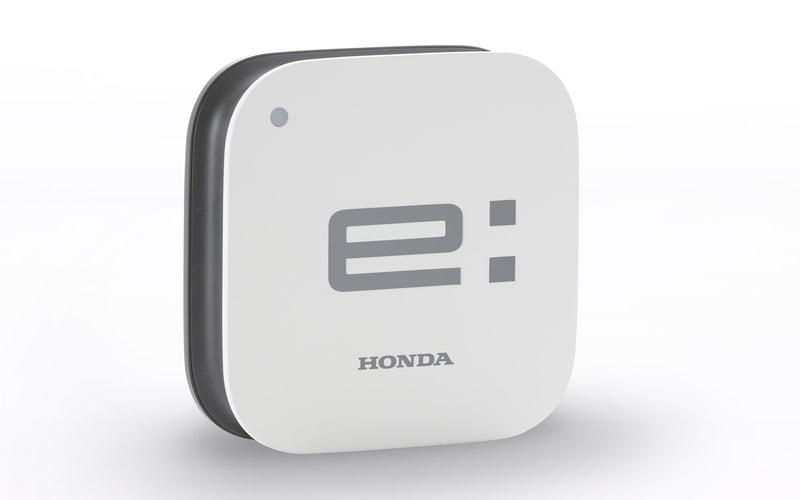
■ Efforts aimed at reducing CO2 by utilizing EVs as storage batteries On February 24, Honda Giken Research Institute and Suzuhiro Gamo Main Store (hereinafter referred to as Suzuhiro) announced energy management that efficiently exchanges power between EVs and buildings. Announced that the demonstration experiment was jointly started in February 2022. The demonstration period is scheduled for February 2022 to February 2023. [See another image related to this article] In this demonstration experiment, both companies responded to the policy of Odawara City, Kanagawa Prefecture, which aims for virtually zero CO2 emissions by 2050. Realized because Suzuhiro, which aims for local production and local consumption, and Honda, which aims to put an energy management system into practical use to expand the use of renewable energy, have the same direction. The demonstration experiment was conducted mainly by running EVs in Odawara City, centered on the Suzuhiro Headquarters in Odawara City. Honda's newly developed "energy management system" optimizes energy consumption when using EVs. It is said that Suzuhiro will prepare three systems, "operation management system" and "battery sharing management system", and EV, and use them in daily work. Specifically, the EV is used when traveling, such as when visiting a business partner, and when not used for traveling, it is also used as a storage battery, and the EV supplies power to the Suzuhiro head office building as needed. While utilizing commercial EVs as storage batteries for energy management in company buildings, it can also be expected to have the effect of curbing new investment in storage batteries for company buildings. As a result, Suzuhiro and Honda will achieve an optimal balance between "efficient use of electricity for the entire company building" and "efficient mobile work using EVs," reducing CO2 emissions and reducing electricity costs by cutting peaks. It is said that it aims to reduce it. Through this demonstration experiment, Honda will also verify the economic benefits for users and examine the business model of energy management systems for the future. ■ What is an energy management system? A peak cut is implemented by charging the EV during the time when the electricity rate is low and supplying power from the EV to the company building during the time when the electricity rate is high. The system utilizes the technology cultivated in the "Honda Smart Home System" that Honda has been researching at the demonstration house in Saitama Prefecture since 2012, and the AI installed in the system is installed in the existing sun in the company building. After learning data such as photovoltaic power generation, we will predict the supply and demand of electricity. ■ What is the operation management system? Based on the EV usage schedule entered by Suzuhiro employees when going out, the route that consumes the least power and can be moved efficiently in a short time is created by utilizing the vehicle data. What to propose to the driver while calculating. ■ What is the battery sharing management system? Based on the forecast of the power supply and demand of the company building and the reservation of EV usage, when the EV should be driven, when it should be charged, and when the EV should supply power to the company building. We will make overall adjustments regarding battery utilization to achieve an optimal balance between energy management and operation management. Through this demonstration experiment, Suzuhiro and Honda aim to achieve carbon neutrality through local production for local consumption of energy by achieving an optimal balance between efficient power use of the entire company building and efficient mobile operations using EVs. There is.
Car Watch, editorial department: Kimikuni Shioya
